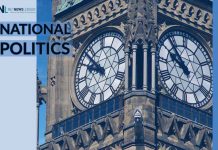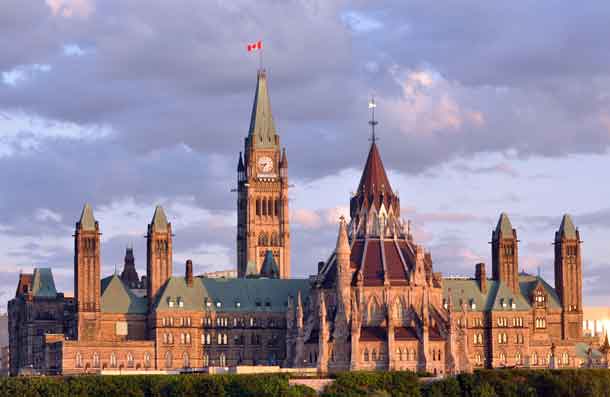By David Macdonald
When COVID-19 hit in 2020, the federal government responded by doing something it hadn’t done at scale in a long time – deliver cash transfers in entirely new ways. As the feds doled out relief funds, more government support went to businesses ($176 billion) through programs like the Canada Emergency Wage Subsidy (CEWS) than went to individuals ($151 billion) through programs like the Canada Emergency Response Benefit (CERB).
Now, two years after the start of the pandemic, people are still receiving letters from the Canada Revenue Agency (CRA) asking them to pay back the CERB they received in 2020. A new report from the Auditor General (AG) argues that the government should be going hard after people who made errors in applying or came up short in meeting the eligibility requirements – $5,000 in earnings in 2019. It estimates that $5 billion was paid to people who received advance or duplicate payments, and another $8 billion went to people who earned less than the minimum income threshold.
The CRA seems to think this money is recoverable – that low-income recipients kept it in their savings accounts instead of spending it – but come on, there has to be a limit as to how long after the fact you can go after people, except in cases of outright fraud.
The same report also highlights the fact that $16 billion in Canada Emergency Wage Subsidy (CEWS) went to businesses that likely weren’t eligible (the largest single category the AG looked at). The report rightly bemoans the lack of data on whether companies actually used the money to retain employees and forestall layoffs.
While “wage subsidy” was in the name, there was actually no legal requirement for companies to use the money on wages. In fact, 68 publicly traded companies paid out dividends (i.e. profits) to shareholders while receiving the CEWS. A third of the 100 highest-paid CEOs in 2020 worked for companies that received the wage subsidy.
Who’s more blameworthy, some poor schmuck who lost their job and only made $4,500 in 2019 or some millionaire CEO who applied for government aid and got a bonus as a result?
Looking at how CEWS vs CERB played out isn’t just an interesting historical debate. Getting benefits directly and immediately from the CRA website is the way of the future. The new Canada Housing Benefit top-up and the low-income child dental benefits are going this route. You go to the CRA website, fill in some basic details, attest that you qualify, and the money shows up in your account in a few days.
There are clear benefits to this new CERB-like approach. You get the money now and don’t have to wait for tax time. You get a cash transfer, not a “reduction in taxable income,” which is what boutique tax cuts from the 2010s provided. It’s a better and more modern way to help Canadians in difficult circumstances.
But going after low-income Canadians for CERB payments from 2020 could well taint this approach for years to come. If you think CRA is going to come after you years from now, you may think twice about applying, even if you need dental care for your kids or you pay too much in rent.
For this new model to be successful, there must be clear rules and easily verifiable criteria for eligibility. The rental top-up does have pretty clear eligibility rules. The children’s dental coverage doesn’t – which may force low-income families to repay it years from now.
There must also be a clear statute of limitations on recourse, with exceptions for cases of fraud. If people don’t qualify, fine, don’t send them the money. But don’t force them to pay it back two years after they’ve already spent it.
David Macdonald is senior economist with the Canadian Centre for Policy Alternatives, a non-partisan research institute.
The views, opinions and positions expressed by all columnists and contributors are the author’s alone. They do not inherently or expressly reflect the views, opinions and/or positions of NetNewsLedger.






